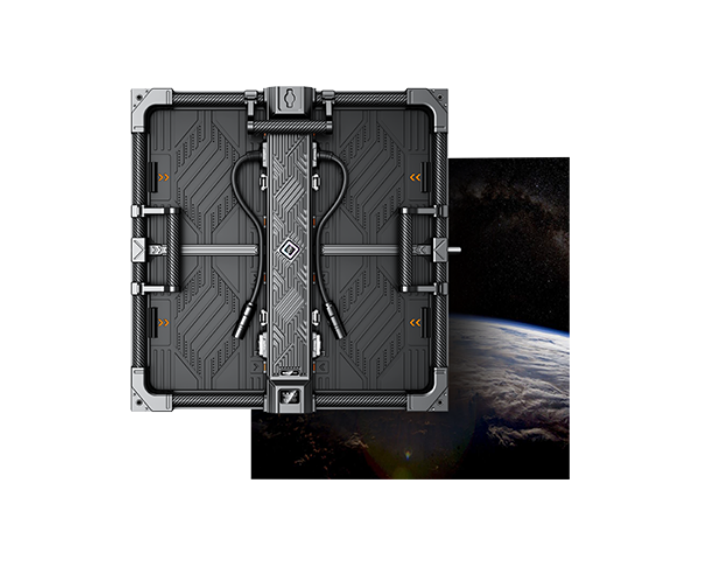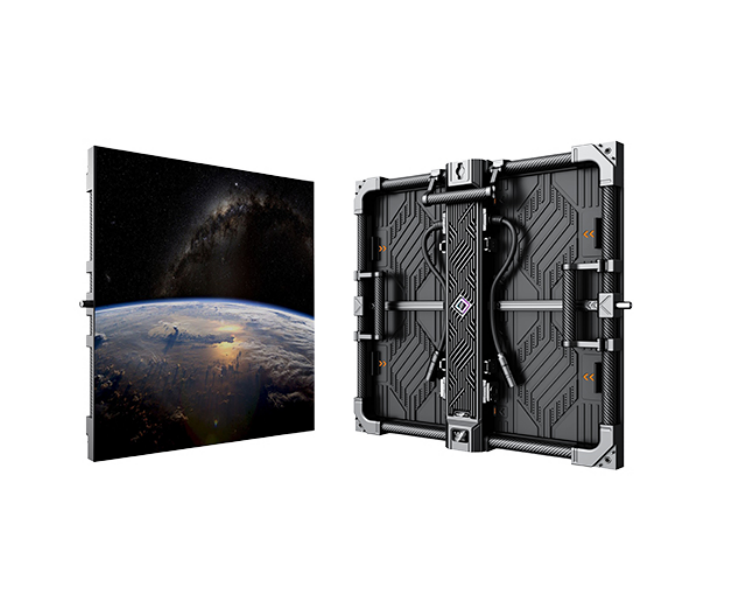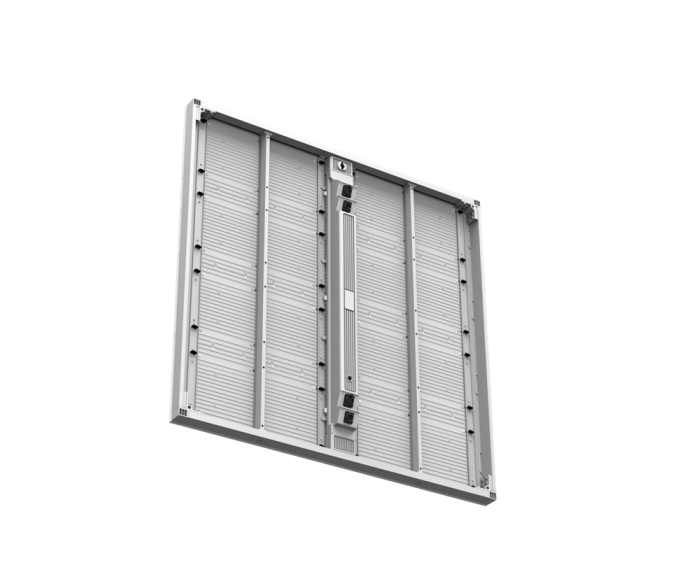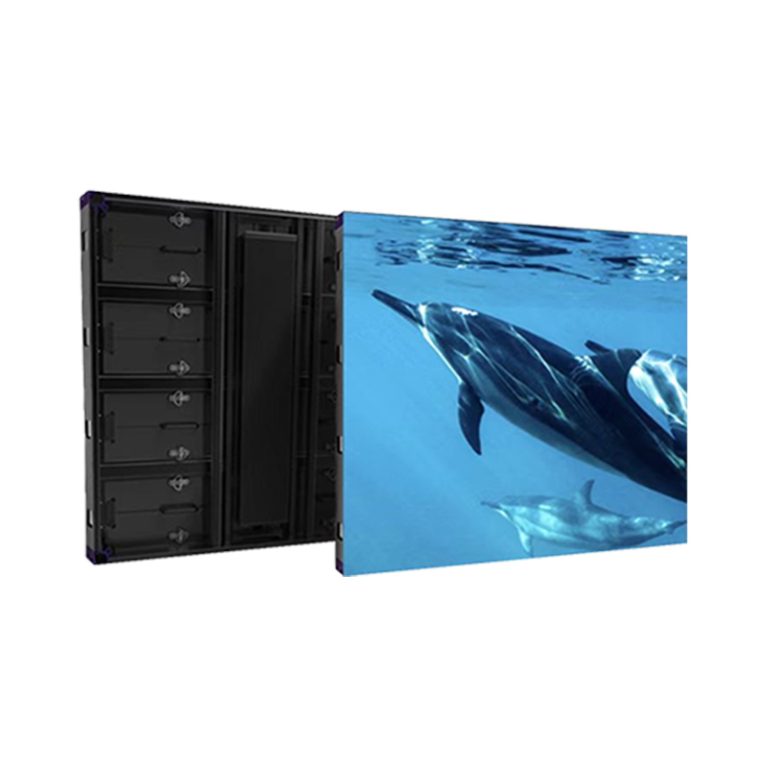Table of Contents
-
Outdoor LED Displays: More Than Just “Big”
-
Application Scenarios
-
Why Choose High-Quality Outdoor LED Screens?
-
Real Case Study
-
End-to-End Solution Process
-
Customer Service & Technical Support
-
Frequently Asked Questions
-
Conclusion
Walking through any modern city, you’ve probably noticed them—giant, colorful, and dynamic screens lighting up shopping malls, highways, and sports arenas. Yes, those are outdoor LED displays. But here’s the real question: why are more and more businesses turning to them? Is it just about being bigger and brighter?
The truth is, in today’s era of digital advertising and smart city development, outdoor LED displays have become a core tool for brand promotion, public information, and even urban beautification. Compared to traditional billboards, they deliver unmatched brightness, stronger visual impact, and far greater flexibility when it comes to updating content.
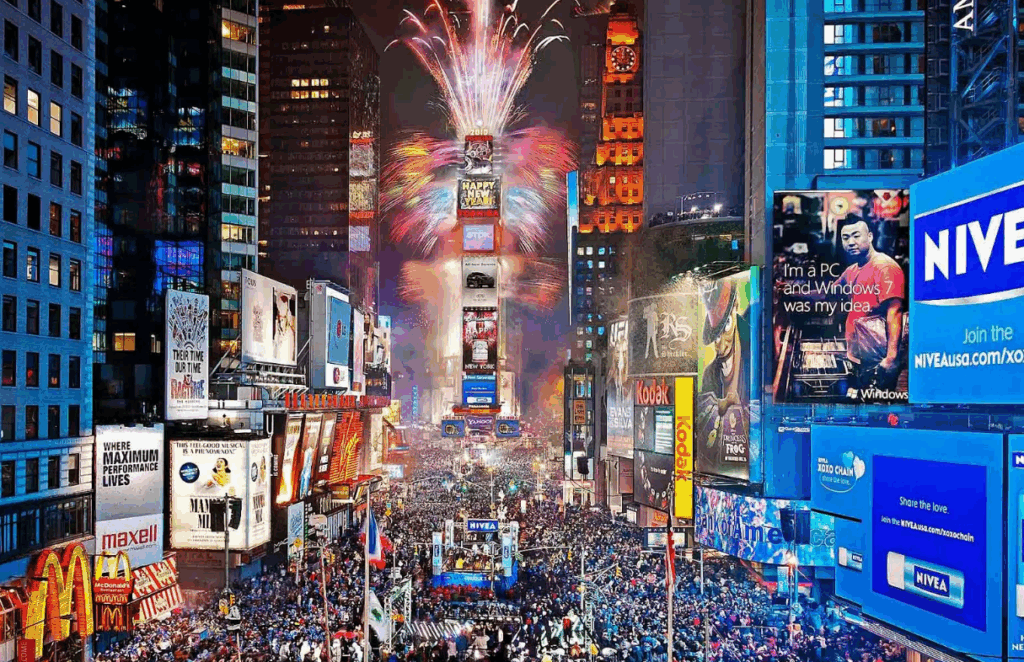
1. Outdoor LED Displays: More Than Just “Big”—A High ROI Marketing Powerhouse
Why are outdoor LED displays a favorite among brands today? It’s not just the visual wow factor—it’s their unique ability to deliver high return on investment (ROI) and targeted reach.
-
Ultra-Brightness & 24/7 Visibility
Outdoor LED screens typically reach brightness levels of 5,000–8,000 nits, ensuring content stays sharp even under direct sunlight. This means your message is always visible, day or night, maximizing impressions. -
Flexible Content & Real-Time Updates
Unlike static billboards, LED displays let you switch ads within minutes—or even stream live events. According to AdAge, dynamic video ads are remembered four times more often than static ads. -
Durability & Low Maintenance
High-quality outdoor LED displays, like the Sostron Ares Series, are built with IP65/IP67 dustproof and waterproof protection. They perform reliably in extreme temperatures from -22°F to 122°F, with a lifespan of over 100,000 hours. Maintenance costs are minimal compared to other media.
2. Main Application Scenarios
Outdoor LED displays are no longer just for advertisers. Their applications keep expanding:
-
Commercial Advertising – Shopping malls, plazas, and landmark buildings.
-
Traffic & Public Information – Highways, airports, and train stations.
-
Sports & Events – Stadiums, concerts, and festivals.
-
Government & Public Services – Public campaigns, alerts, and weather updates.
-
Retail & Foodservice – Outdoor signage and dynamic digital menus.
Market Insight: According to Omdia’s Digital Signage Market Report 2024, the global outdoor LED display market reached $9.2 billion in 2023, and is projected to surpass $13.5 billion by 2027.
3. Why Choose High-Quality Outdoor LED Screens?
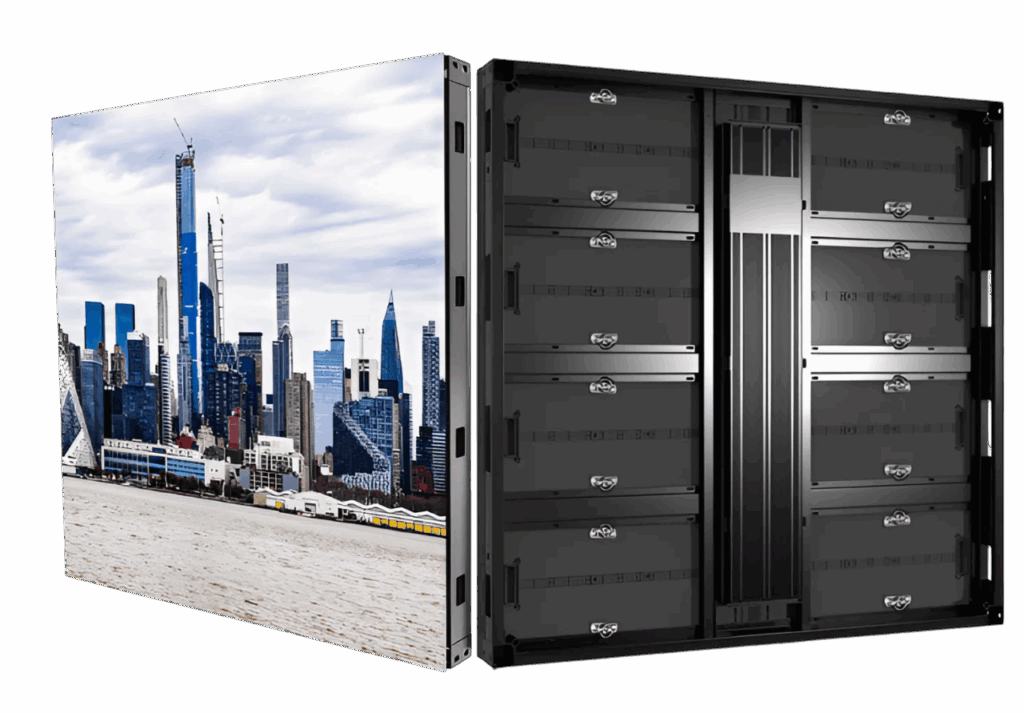
Let’s take the Ares outdoor LED display as an example to break down the key features:
| Feature | Technical Details | Advantage |
|---|---|---|
| High Brightness & Contrast | Up to 8,000 nits brightness, 5000:1 contrast ratio | Crisp, vivid images even under direct sunlight |
| Energy Efficiency | Low-power IC + efficient power supply | 30% less energy use, eco-friendly |
| Heat Dissipation | Advanced airflow design, no external AC required | Lower energy bills, longer lifespan |
| Easy Maintenance | Front/rear service, magnetic module design | Quick module replacement, minimal downtime |
4. Real Case Study: Highway Project in Brazil
Background: On a major highway near São Paulo, a client wanted a large LED display for traffic updates and commercial ads.
Challenge: Strong direct sunlight, harsh weather, and the need for real-time content updates.
Solution by Sostron:
-
Installed a P5 pixel pitch outdoor LED display for clear long-distance visibility.
-
Used the high-brightness, waterproof Ares series to handle extreme conditions.
-
Integrated a cloud-based remote management system for quick ad updates.
Results: The display quickly became a local landmark. It not only generated strong ad revenue but also boosted the client’s brand recognition. The system has been running smoothly for over two years.
5. Solution Process: From Planning to Installation
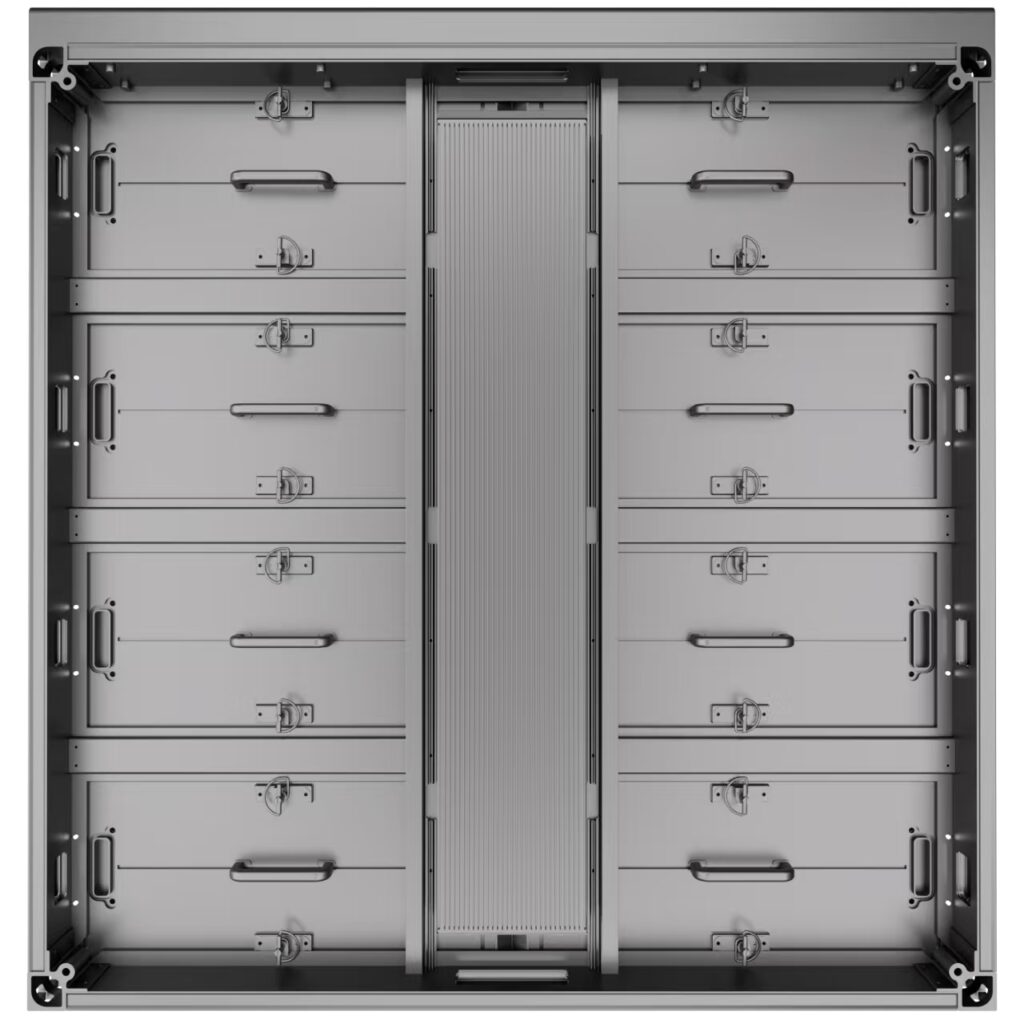
A successful outdoor LED project goes beyond buying the screen—it’s a complete solution. Typical steps include:
-
Needs Assessment & Site Survey – Engineers evaluate location, dimensions, and environment.
-
Design & Simulation – Customized plans with pixel pitch, size, and structure; 3D mockups for visualization.
-
Manufacturing & Testing – Strict QC for waterproofing, brightness, and color uniformity.
-
Installation & Calibration – Professional teams ensure safe structure, wiring, and color adjustment.
-
Ongoing Service & Support – Remote troubleshooting, scheduled maintenance, and system upgrades.
6. Customer Service & Technical Support
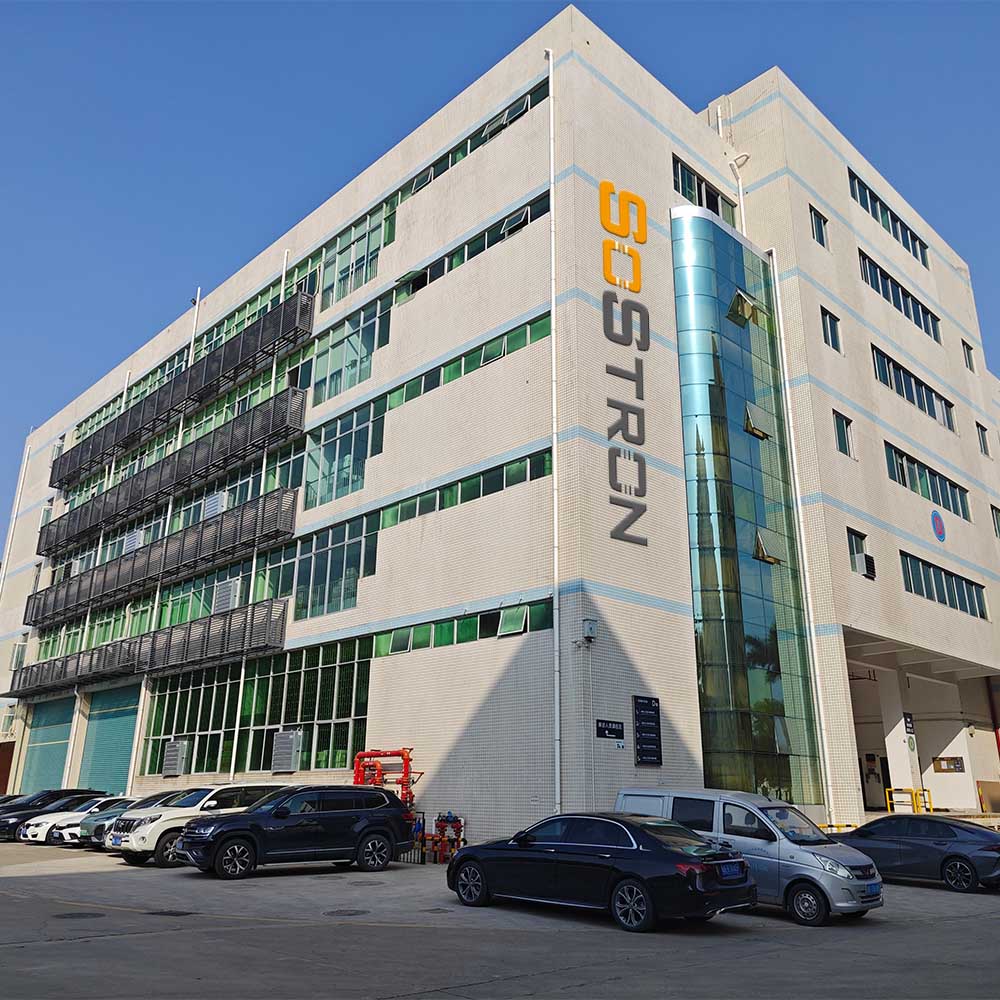
Reliable suppliers typically provide:
-
24/7 after-sales support
-
Remote diagnostics
-
On-site installation & training
-
Extended warranties (2–5 years)
-
Preventive maintenance packages
7. Frequently Asked Questions
Q1: What’s the price of an outdoor LED display?
A1: Typically $800–$2,000 per square meter, depending on pixel pitch, brightness, and protection grade.
Q2: What’s the lifespan of an outdoor LED screen?
A2: Around 8–10 years, or 100,000+ hours with proper maintenance.
Q3: Do they consume a lot of power?
A3: Modern energy-efficient models average 300–600W/m²—about 30% lower than a decade ago.
Q4: Can they handle extreme weather?
A4: Yes. With IP65 protection, they withstand heavy rain and dust storms.
Q5: How do I choose the right pixel pitch?
A5: Use this rule of thumb: Optimal viewing distance (meters) ≈ pixel pitch (mm) × 1.5.
For example, a P10 screen works best at 15m away; smaller pitches (P3, P4, P5) are better for close-range viewing.
Q6: Do I need permits to install an outdoor LED screen?
A6: Yes. Requirements vary by location but often include structural safety reports, renderings, and permit applications. Always check with your local city planning office before starting.
8. Conclusion
Outdoor LED displays combine high brightness, strong weather protection, flexible content, and high ROI—making them the go-to solution for global advertising and information delivery. From commercial hubs to public services, they’re everywhere.
Looking ahead, smaller pixel pitches and AI-powered management will further improve precision targeting and audience engagement.
Thinking about investing in an outdoor LED display for your project? With the right solution, it’s not just an advertising tool—it’s a long-term asset.
Sources & References

